Principles of Ayurveda
March 23rd, 2007 | admin
Ayurveda is the ancient system of living. Ayurveda is the oldest documented medicine system of the world. Ayus means life and Veda means science or knowledge. Thus Ayurveda is not just a system of medicine; it is a way of living.
Ayurveda assumes a holistic approach to diagnosis, treatment and medicine. It also gives the directions for a healthy life.
According to Ayurveda, the whole universe is made up of five different elements, which the ancient yogis and seers of India named Pancha Bhootas or the five elements. Modern chemistry defies this and says there are over 90 elements in nature.
The five elements are Akash (Sky), Bhoomi (Earth), Jal (Water), Vayu (Air, Wind) and Agni (Fire). The universe is made of these five elements. Human body and everything we find in this nature is made of these five elements. Human body is no exception.
Human body is composed of all the five elements of the nature. The combination of elements will be different in different persons. From the difference in combinations comes another basic principle or concept of Ayurveda, the Tridosha Theory. The three doshas of Tridosha are Vata, Pitta and Kapha. Vata is combination of Vayu and Akash, Pitta is combination of Agni and Jal and Kapha is combination of Bhumi and Jal.
People on the world have one or the other dosha prominent in their body. Thus persons can be classified – Vata type, Pitta type and Kapha type persons based on the dominant dosha. Each dosha has specific functions to perform and imbalance in a dosha can cause disease. The disease that is caused due to vata imbalance can be called a vata related disease and likewise.
Dhathus (Dhatus) are the tissues found in human body. There are seven types of tissues and they are collectively called as Sapta Dhathus or the seven types of tissues. They are Rasa (Plasma), Rakta (Blood), Mamsa (Muscle, Flesh), Meda (Fat), Asthi (bone), Majja (Bone Marrow) and Shukra (Human Reproductive Cells).
These tissues are in turn dominated and controlled by one dosha or the other. Vata controls movements inside and outside body (respiration, circulation, elimination) and is composed of sky and air elements.
Kapha is responsible for body mass, growth and protection. The lining of stomach and the cerebral-spinal fluid are kapha. It is made of water and earth elements.
Pitta controls digestion and metabolism. It is made of water and fire elements.
According to Ayurveda, an imbalance in the doshas causes disease. Arthritis is vata related disease, which affects Asthi Dhathu. Vata is responsible for movement. Arthritis is difficulty in moving joints. Likewise digestive problems are due to imbalance in pitta (digestive juice).
Mala (or malas) is anything that is a waste product in human body. The different malas are digestive waste, urine, sweat, air, menstrual blood, etc. It is the responsibility of humans not to suppress the release of any mala or waste product from the body. They are toxic inside our body, causing different diseases. Not suppressing any natural urges (sareera vega) like urination is essential for expelling toxins from our body.
According to Ayurveda body has the natural capabilities to restore the balanced state. At the time of disease, the Ayurvedic physician just prepares the body to fight that disease by strengthening the weak doshas. It is also required the medicines used for any purpose must not create an imbalance elsewhere in the system.
According to Ayurvedic concepts, everything that you find on this earth is medicine and has curative powers under the right circumstances. Humans just have to identify the favorable factors that keep the body in a balanced state and prevent diseases.
The different elements for good health according to Ayurveda are thoughts, habits, food and lifestyle. Understanding the basic principles of Ayurveda and adjusting life and lifestyle accordingly is the way for good health and longevity.




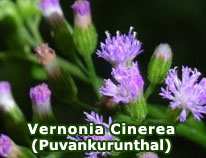
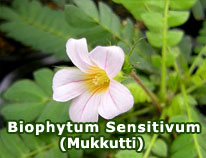

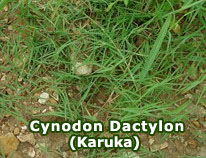

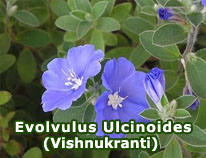
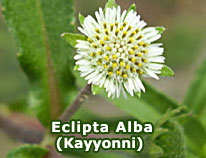
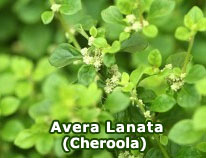
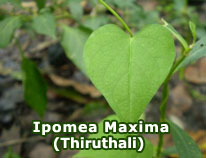

 Loading ...
Loading ...





